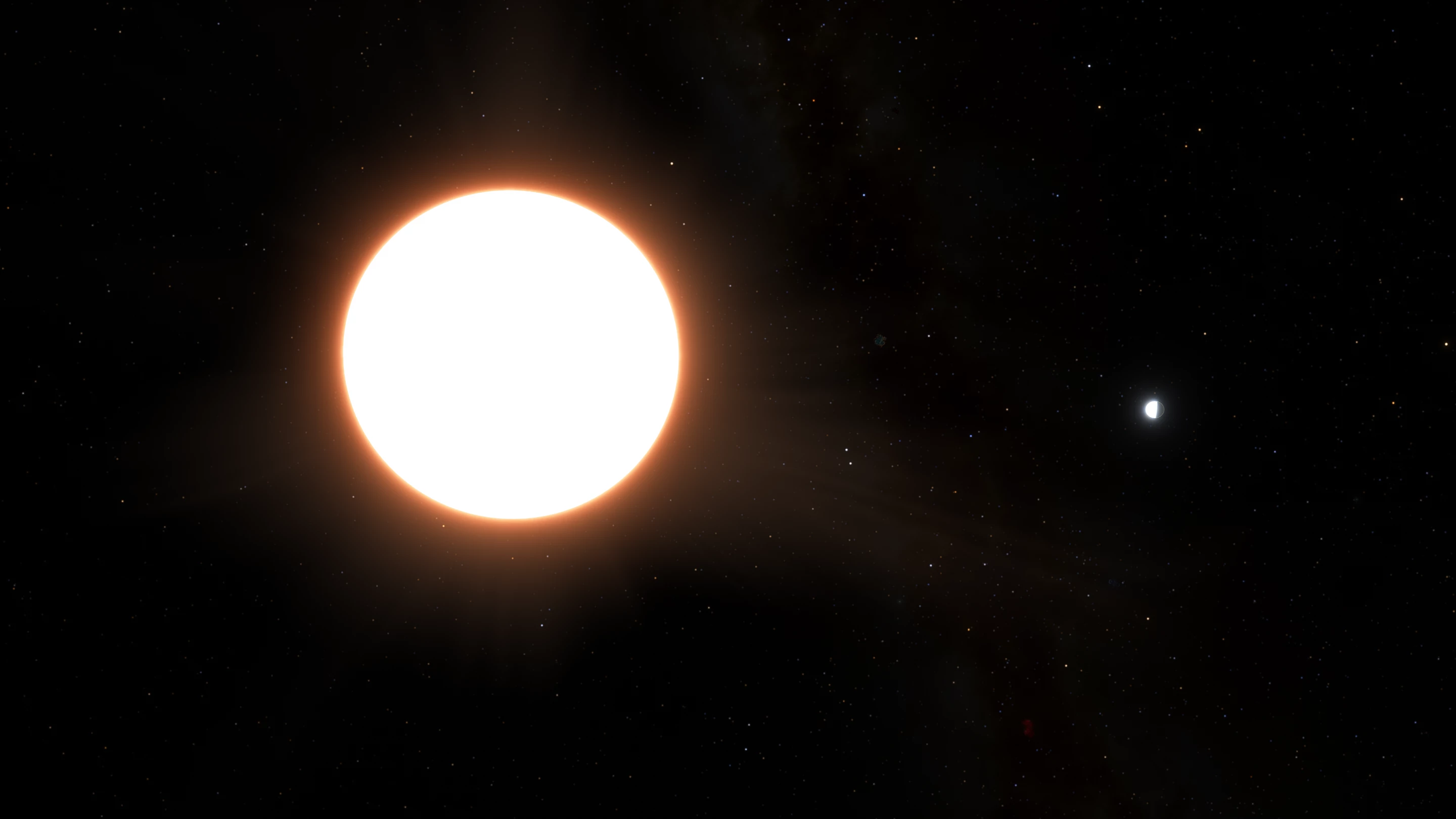Collectors of trading cards or Pokémon are always on the hunt for super-rare shiny variants – and now astronomers have found the exoplanet equivalent. The shiniest planet ever found, LTT9779 b, is an ultra-hot, cosmic disco ball thanks to clouds made of glass and titanium.
Located about 262 light-years away, LT9779 b is a gas giant around the size of Neptune that orbits a Sun-like star very closely – in fact, a year lasts just 19 hours there. Its close proximity to the star makes it, unsurprisingly, ultra hot, with daytime temperatures predicted to get up to about 2,000 °C (3,632 °F).
LT9779 b was originally discovered in 2020, but has now been followed up by ESA’s Cheops mission for a more detailed look. While most exoplanets are studied by watching how they block light when they pass in front of their host star, this case was most illuminating (pun intended) when the planet ducked behind the star. Cheops watched for changes in the total light from the planet and star, just before and just after the planet disappeared each orbit, which reveals how much light the planet reflects.
And to the astronomers’ surprise, LT9779 b was extremely shiny, reflecting as much as 80% of the light that hits it. The most likely explanation is that it has cloud layers of titanium and silicate (glass), thanks to its scorching temperatures vaporizing the minerals.
“Imagine a burning world, close to its star, with heavy clouds of metals floating aloft, raining down titanium droplets,” said James Jenkins, co-author of the study.
Intriguingly though, the extreme temperatures should be too high for clouds to be able to condense. But the team says there must be a lot of it floating around there.
“It was really a puzzle, until we realized we should think about this cloud formation in the same way as condensation forming in a bathroom after a hot shower,” said Vivien Parmentier, co-author of the study. “To steam up a bathroom you can either cool the air until water vapor condenses, or you can keep the hot water running until clouds form because the air is so saturated with vapor that it simply can’t hold any more. Similarly, LTT9779 b can form metallic clouds despite being so hot because the atmosphere is oversaturated with silicate and metal vapors.”
These metallic clouds may also be key to how the planet survives despite being so close to its star. Neptune-sized planets aren’t usually found so close because the radiation strips off their atmospheres, but LTT9779 b has two tricks up its sleeve to prevent that.
“The clouds reflect light and stop the planet from getting too hot and evaporating,” said Sergio Hoyer, first author of the study. “Meanwhile, being highly metallic makes the planet and its atmosphere heavy and harder to blow away.”
Astronomers plan to perform follow-up observations of the odd exoplanet with Webb and Hubble, to find out more about the composition of its atmosphere.
The research was published in the journal Astronomy & Astrophysics.
Source: ESA




